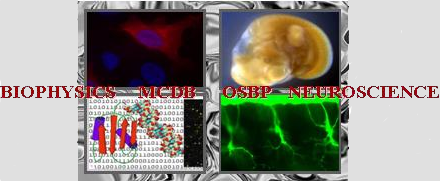Poster abstracts
Poster number 87 submitted by Susma Timsina
Functional interaction of GABAergic signaling with the astrocyte syncytium
Susma Timsina (Department of Neuroscience)
Abstract:
A strong gap junctional coupling confers an isopotentiality to the astrocyte syncytium across the brain. Syncytial isopotentiality is a newly appreciated astrocyte mechanism crucial for the homeostatic regulation of K+ ions and neurotransmitters in the CNS. Our new studies further show that, through a Ca2+-dependent regulation of the open probability of gap junctions, astrocyte syncytium functions as a dynamic regulator of extracellular K+. Nevertheless, it is completely unknown whether neuronal signals can dynamically regulate the coupling strength of an astrocyte syncytium. Here I specifically ask how GABAergic signaling impact the coupling strength through astrocytic ionotropic and metabolic GABA receptors. To address this question, I used dual patch recordings to assess the changes in coupling strength between astrocytes in the mouse hippocampal CA1 region. Bath application of 1 mM GABA resulted in a rapid weakening of astrocyte coupling by 22.05% (n=5 pairs). In contrast, 10 µM baclofen, a specific GABA B receptor agonist produced a slower onset and prolonged potentiation of astrocyte coupling strength by 21.58% (n = 8 pairs). These observations imply a differential impact of ionotropic and metabotropic GABA action on the coupling strength of astrocyte syncytium. To explore this further, channelrhodopsin were selectively expressed in GABAergic somatostatin interneurons (SSTs, SST-Cre; Ai32). Innate GABA release through optogenetic activation of SSTs (by 450 nm light pulses) resulted in a 25.8% increase in coupling strength (n=10 pairs). These results show that GABAergic signaling indeed interacts with gap junctions and dynamically regulates the coupling strength of an astrocyte syncytium.
Keywords: astrocyte syncytium, GABAergic signaling, gap junctions
